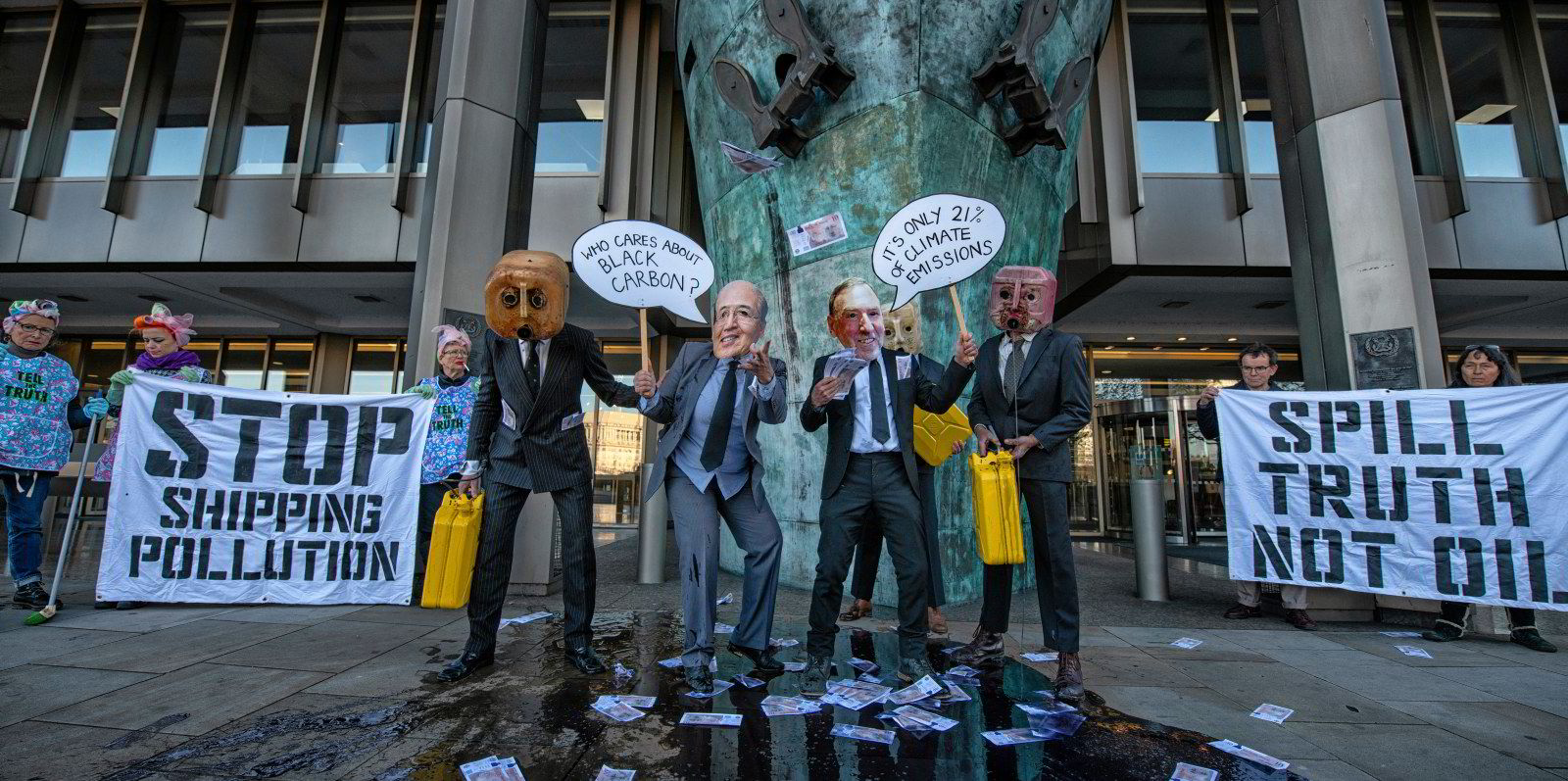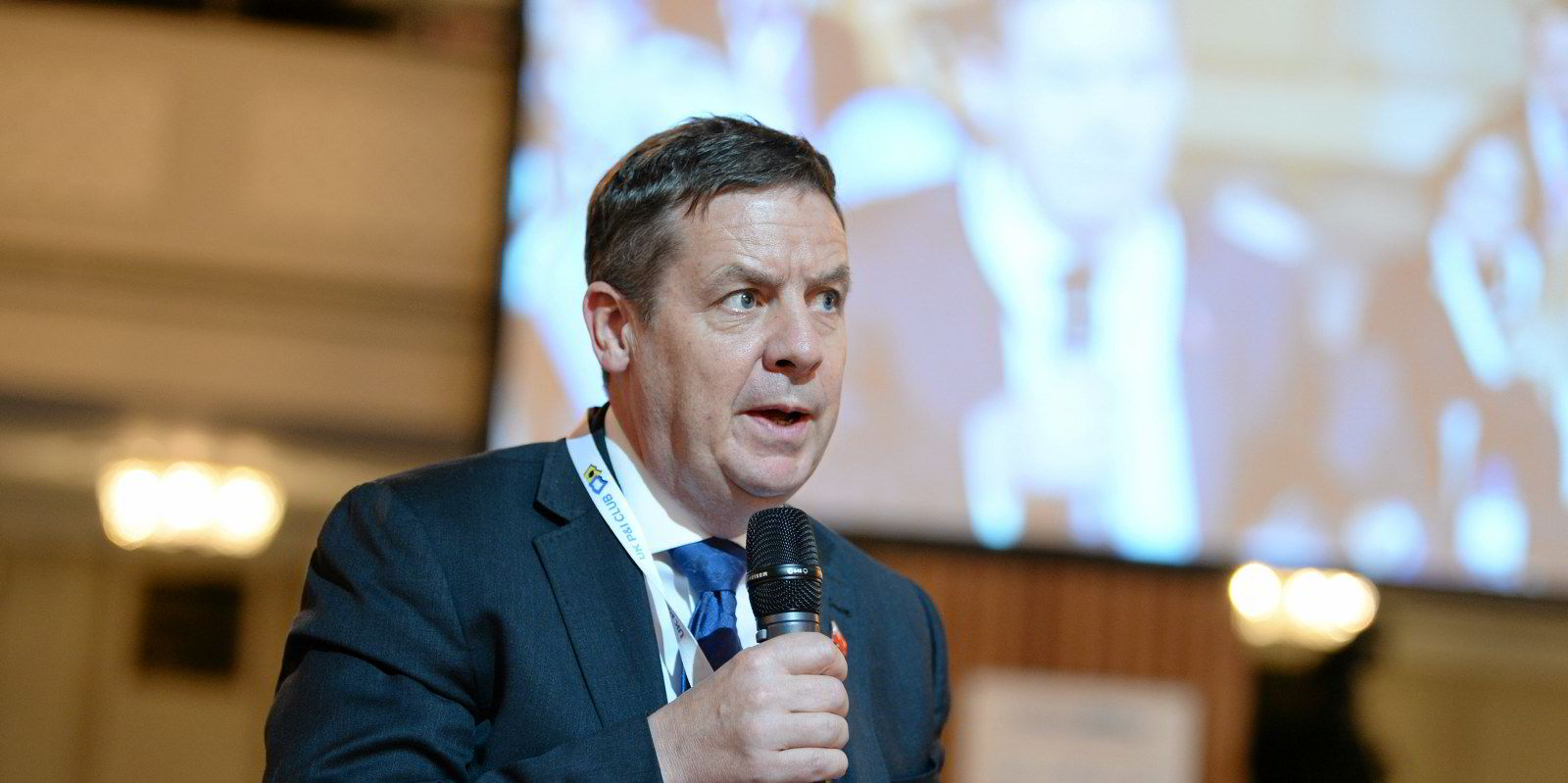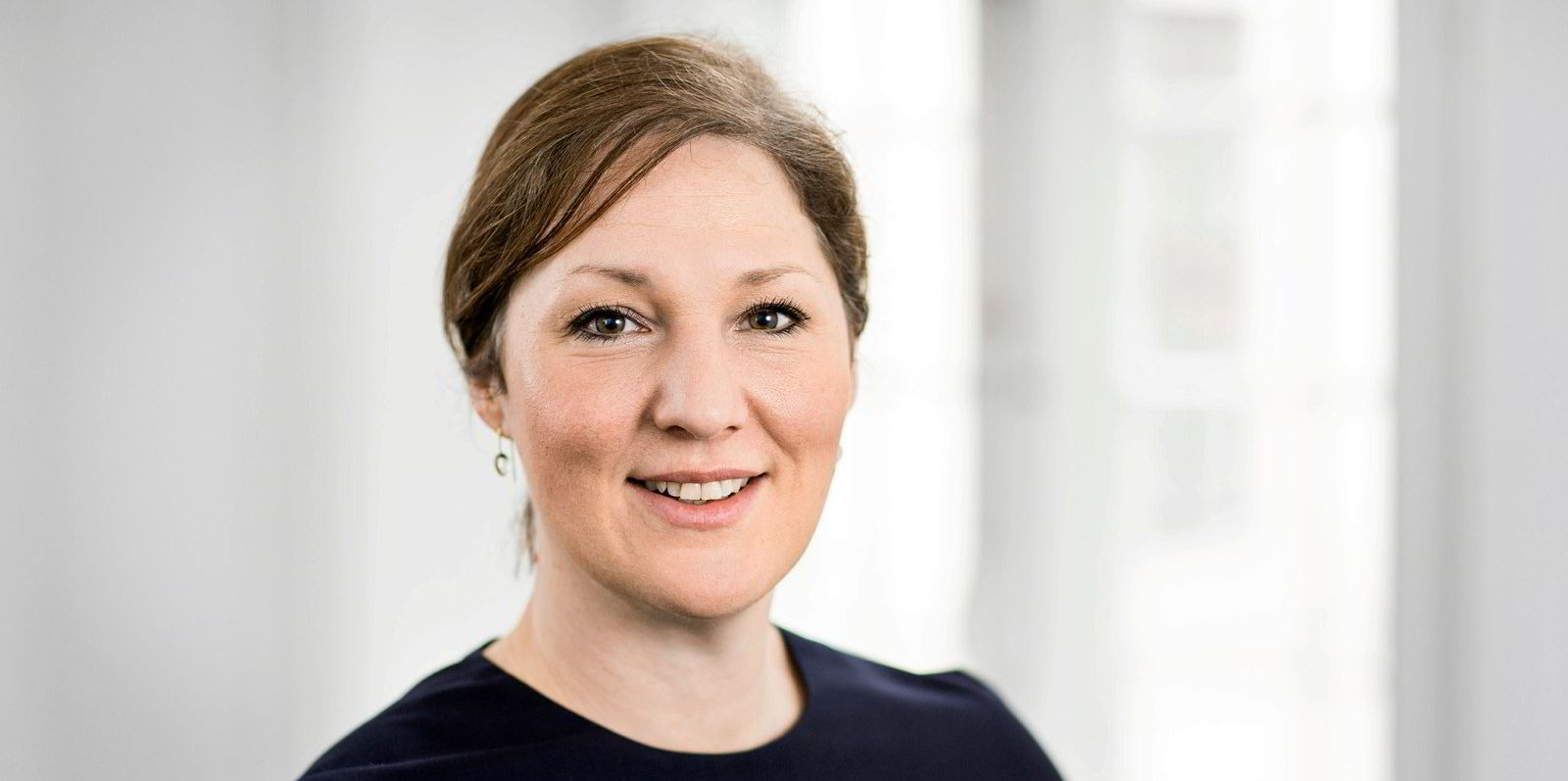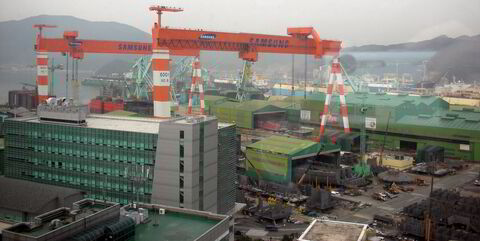Decarbonisation of shipping was on track to gain more traction this year than in any since 2018, when the International Maritime Organization first set a target to cut carbon emissions by 50% by 2050.
Shipping associations started to call for tighter targets and companies began to take action to prepare fleets for alternative fuels.
The concept of net-zero emissions started to be voiced across the industry in the build up to the COP26 global climate talks in Glasgow.
But, even though shipping held its head up at the Glasgow talks, COP26's failure to set stringent governmental measures to cut fossil fuel use was a dampener.
And the IMO's Marine Environment Protection Committee (MEPC) meeting that followed was proof again the regulators are falling ever further behind the industry's lead.
Not surprisingly, the MEPC rejected calls for a zero target by 2050, pushing the proposals forward for consideration in 2022.
More surprisingly, it failed to agree the "no brainer" that was the industry's offer to fund a $5bn research and development structure for cleaner technologies through a $2 per tonne levy.
The International Chamber of Shipping responded that this "kicking the can down the road" meant it feared "IMO is no longer truly serious about maintaining its leadership on greenhouse gas issues".
The year had started so well with the prospect of ammonia as a hydrogen-based deepsea fuel, gathering ground alongside a mix of alternatives including fuel cells and batteries for shorter voyages.
Within days, the world’s first "ammonia-ready" tanker was ordered by Greece’s Avin International, and major charterer Trafigura set a target to cut operational emissions by at least 30% by the end of 2023.
By February, AP Moller-Maersk had said it would accelerate efforts to find alternative fuels, and within six months it had ordered up to a dozen 16,000-teu containerships able to operate on green methanol.
During the spring, the US pledged to make decarbonising shipping a top priority, and wind propulsion got a boost when Cargill unveiled plans to fit two huge rigid wing sails to a kamsarmax bulker.
And in June, the IMO adopted its regulations aimed at cutting the carbon intensity of ships and their emissions through the Energy Efficiency Design Index (EEDI) and Carbon Intensity Indicator (CII).
The summer also saw the European Union outline plans for shipping to be included in its regional emissions trading scheme.
Finally, a coalition of now 22 countries unveiled a deal to set up green shipping corridors at COP26 that would allow zero-emission trades to be scaled up.
But then the IMO stuck its collective head in the sand.






